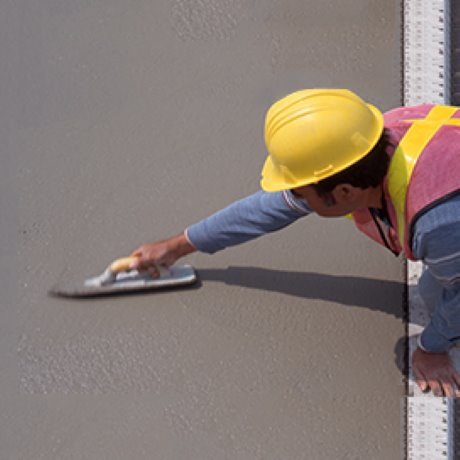Members of the Building and Concrete Restoration Association delivered what might be considered an adaptation of the "pay me now or pay me later" concept during the recent Construct Canada conference.
Moderated by Greg Dolenc, area sales manager with Sika Canada Inc., a panel of industry representatives presented a snapshot of the in-depth planning, procedures, techniques and materials that are crucial in concrete restoration projects, especially complicated ones.
But the consistent theme of the How to Make Concrete Repairs Stand the Test of Time seminar was that, if proper care is exercised at the outset of construction and followed up with preventative measures, the cost of repairs in the future can be minimized.
And if repairs become necessary they should be done properly following guidelines authored by the Canadian Standards Association, the American Concrete Institute and the International Concrete Repair Institute.
Some basic methods for repair and protecting reinforcing concrete include exposing and cleaning reinforcement bars, priming the rebar and substrate, repairing spalling and filling and sealing cracks and joints, said Dolenc who opened the session.
"Concrete is constantly under attack and corrosion can set in anywhere from five to 25 years (after construction)," said Dolenc, who listed chlorides, carbonation and dissimilar metals as causes.
Identifying the type and cause of concrete failure is crucial in determining a long-term performing repair strategy and contractors have a range of measures to draw upon, he said.
Those methods can range from basic visual inspections — checking for defects such as rust stains on the surface, cracks, spalls, and exposed steel — to more sophisticated ones such delamination surveys, concrete cover surveys, chloride sampling analysis, corrosion potential measures, corrosion rate measurements and pH testing for carbonation.
Chloride sampling analysis, for example, can determine the chloride content at various levels within the concrete, said Dolenc, noting that the "the American Concrete Institute states that when chloride levels exceed 0.2 per cent by weight of cement, steel will rust."
"As we do an assessment, we test for chloride content," said Walid Habis, principal at Momentus Engineering Management.
Using a case study of his firm’s design work on a badly deteriorated 40-year-old multi-storey Halifax residential garage that had been exposed to decades of contamination, Habis touched on some of the comprehensive planning steps which are necessary in such projects.
Engineers have to prepare assessments and provide a detailed report to the owner detailing existing conditions, causes and recommended remedial work, prioritized based on findings. Upon approval of that report, they have to prepare the project specifications to move forward, he said.
Expanding on some points touched on in Dolenc’s introduction, Habis also gave a basic chemistry lesson on the factors which lead to corrosion.
"Corrosion of steel in concrete is an electrochemical process," said the engineer, explaining corrosion cells may form in two ways.
One is the installation of two dissimilar metals in the concrete such as rebars and aluminum conduit pipes, or when significant variations exist in the surface characteristics of the steel. Corrosion cells may also form if there are differences in concentration of dissolved ions, such as alkalies and chlorides, in the general vicinity of the reinforcing steel.
And altering that electrochemical process was the subject of a slide presentation/discussion by Daniel Rosa, project manager with the Milton Ontario division of Vector Corrosion Technologies Ltd., a specialty concrete restoration, protection and waterproofing contractor.
Using two case studies of projects Vector had undertaken, he demonstrated the power and potential of galvanic cathodic protection, which is the use of a galvanic anode to alter the electromagnetic potentials in reinforcing steel in concrete to prevent corrosion.
Impressed current cathodic protection is preferred when a high steel density is present or a higher level of cathodic protection is required. Both galvanic and impressed current can be used to protect metal structures in soils and water, he said.
The fourth speaker talked about the steep challenges — both literally and figuratively — of transforming the 45-year-old, 22-storey former Best Western Hotel in downtown Toronto into the Parkside Student Residence over a compressed work schedule.
Approximately 3,000 square feet or about 10 to 15 per cent of the total concrete surface area was deteriorating, said Jeremy Horst, principal at Read Jones Christoffersen Ltd. He summarized the detailed concrete repair recommendations his firm submitted to the private owner. The concrete repair was just one component of the multi-phase project.
"Given the fact that this building was being re-positioned into a desired student residence in downtown Toronto, there was strong emphasis on esthetics upon completion of the repairs," said Horst on the owner’s decision to apply an elastomeric wall coating.



Recent Comments
comments for this post are closed